
Dropshipping
How to Handle Shopify Chargebacks and Disputes like a Pro?
Customers sometimes dispute charges on their credit cards, leading to what's known as a chargeback. Shopify facilitates the process, but...
The Ultimate Shopify Dropshipping Guide
Dropshipping

Dropshipping is currently the hottest business model for entrepreneurs looking to break into the eCommerce industry. The essential pluses that make the method so attractive to the newbies are undoubtedly the fast and easy set-up and management of an online store even without having extensive knowledge in the area. That's why, according to statistics, up to 33% of online stores have chosen dropshipping as their business method.
However, as a beginner on this market, you probably wonder how do dropshippers get their stores live. The answer is: eCommerce platforms. One such platform is the well reputable company Shopify. The platform has grown to be so popular among business owners that in 2022 has generated nearly $US 47 billion.
To get a taste of the success Shopify can bring to your dropshipping store, we’ve put together a complete guide on Shopify dropshipping to help you learn all the details and allow you to run your Shopify business effortlessly.
Shopify is a web-building software suitable for all those who plan on opening and managing an online store, including dropshippers. What makes the platform an excellent choice for entrepreneurs of all kind are its beginner-friendly feature, easily manageable interface, and wide broad of building tools.
Opening a dropshipping store on Shopify isn’t as complicated as it may look from afar. To give you all the support we can, we’ve break down the process in nine steps so you know the exact order of the building stages and what each of them entails you to do.
We start by signing up for a Shopify account that comes with a 3-day free trial. Only after its expiration you’ll be required to choose from one of the platform’s pricing plans.
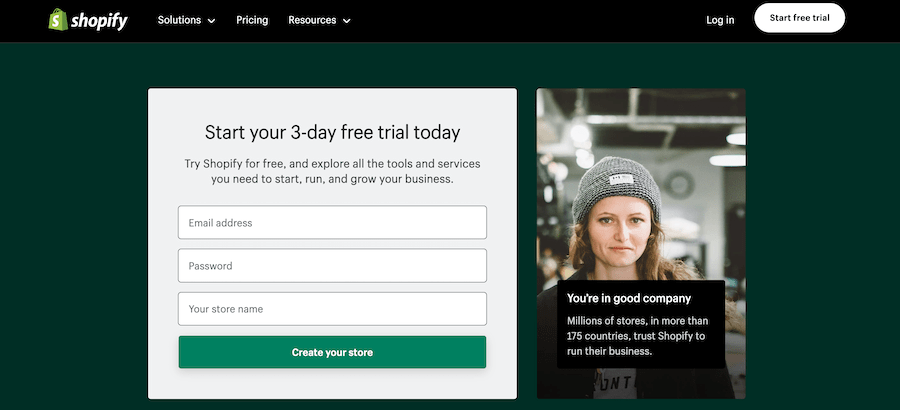
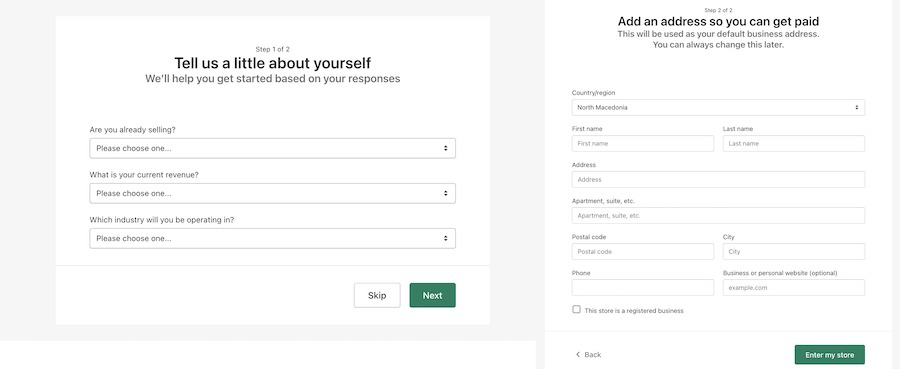
Once you’ve chosen a name and a supplier that ensures integration with your Shopify store, you can get your creative juices flowing. Shopify offers free and paid themes for Shopify web design as well as all kinds of pages (Homepage, Product pages, About Us, Contact Us, FAQ, etc.) you can include on your website.
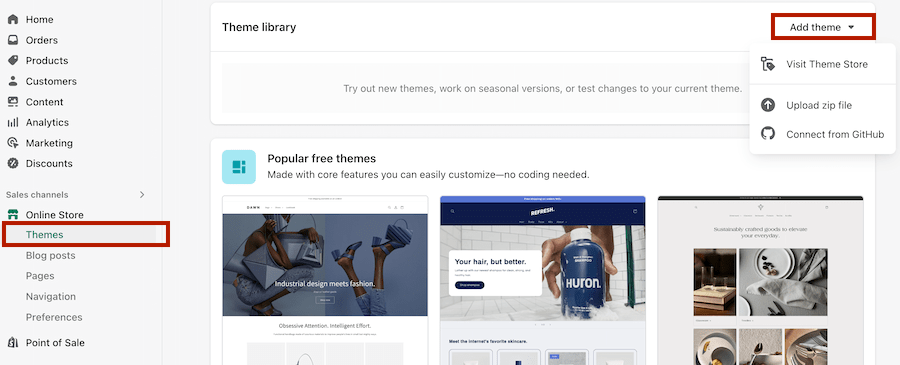
With some eCommerce platforms, you’ll need to find a hosting service by yourself that’ll take care of your domain. With Shopify you can buy your domain directly from your store without the need of contacting hosting providers.
There are a few options for buying and setting up your online store domain.
First option:
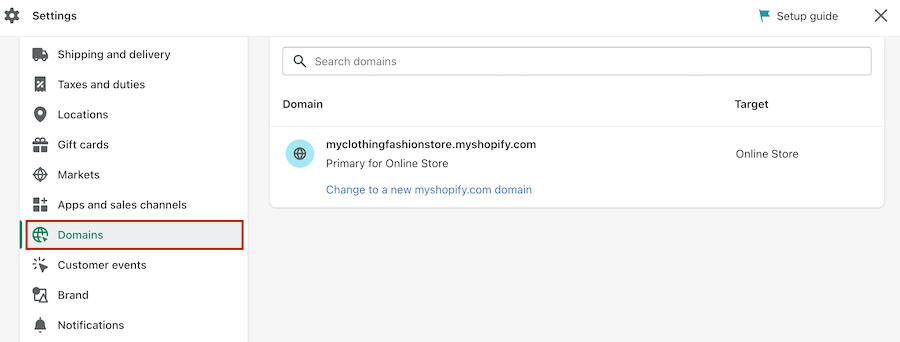
Second option:
Third option

The next step is deciding which payment options you prefer your customers to be using when making a purchase in your store.

A crucial step in the process of building your Shopify dropshipping store is defining your policies (refunds and returns, shipping, privacy, terms and conditions), choosing your sales channels, and providing general information about your shipping service.
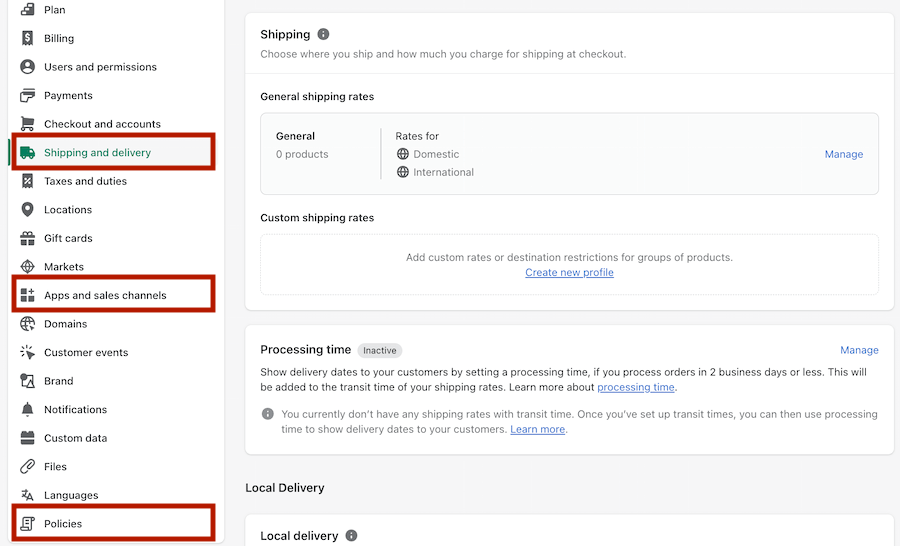
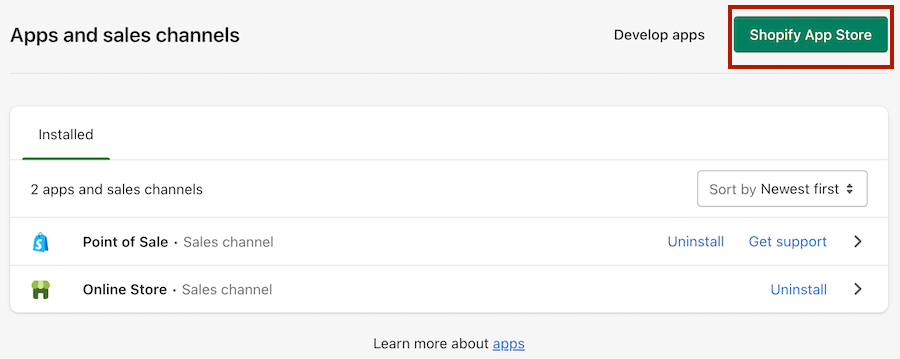
Finally, it’s time to insert your products.

One of the most important things in setting up a Shopify store is optimizing it. It doesn’t matter if you have the most attractive trending products in your store, if you don’t optimize them, you can lose valuable customers. Shopify got this covered as well.
The platform has ready-made SEO for Shopify dropshipping features that allow you to write your store’s meta title and meta description which are vital for your search engine rankings. In addition, by opening the “Apps” field, you’ll come across a wide variety of apps you can add to your store. You will also find these in the Shopify App Store.
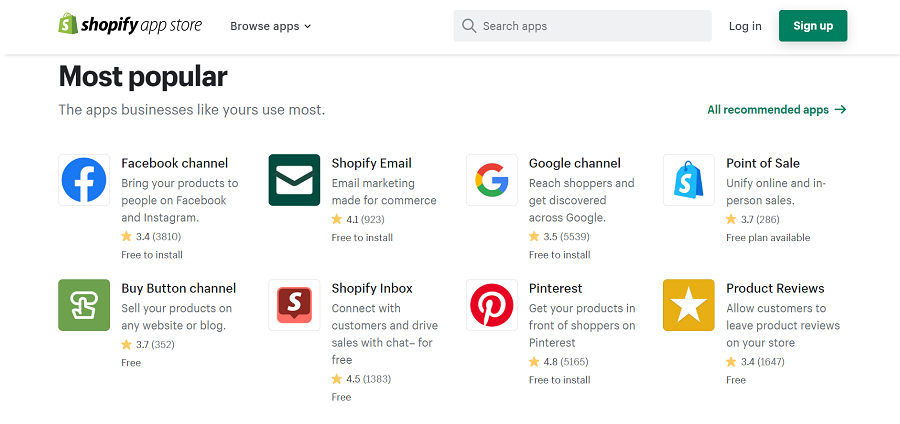
Here are a few apps we highly recommend to give them a go.
Image Optimizer – Image optimization app
Smart SEO – SEO optimization app
Klaviyo – Email marketing app
Once you’re sure you’ve got everything ready, you can go ahead and get your dropshipping store online. To make your Shopify store go live, you’ll only need to remove your password:

Although you’ve already launched your Shopify store, you still aren’t off the hook. Now it comes the most challenging part of the whole process which is building your store’s brand working on a killer advertising campaign.
No worries, however, because we still got you covered. Since your store has freshly entered the market, you should start by focusing on a few basic marketing strategies that’ll help you to let customers know about your business’s existence.
In order to secure constantly incoming dropshipping sales, it’s best to connect your Shopify with a dropshipping supplier that’ll offer you premium products of the highest quality, seamless customer service, great profit margins, and a fully automated dropshipping system, someone like BrandsGateway.
The process is designed to be pretty simple and easy so everyone could join BrandsGateway and directly import their catalog to their store within a couple of hours. The automation plugin that the company provides ensures smooth integration with all Shopify-based clothing stores. In addition, the plugin’s main benefits include automatic inventory updates and automatic order placement, something every dropshipper would certainly love to benefit from.
BrandsGateway provides customers with convenient Shopify integration that can be done by following only a few steps:
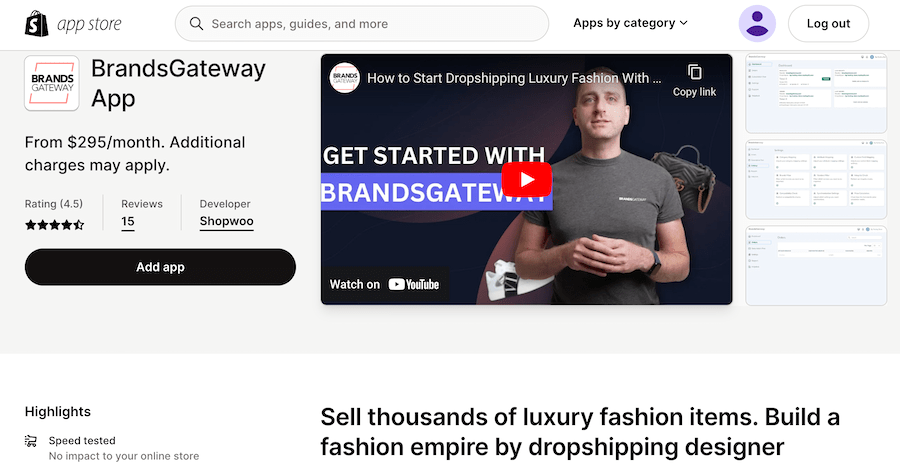
Your journey with Shopify doesn’t end once you’ve set up and launched your online store. Shopify is a platform that not only helps you start your dropshipping business from scratch but also improves and expands it. To support you in building a winning dropshipping business, Shopify has diverse beneficial resources at hand. You can visit courses on Compass and learn how to grow a profitable business, hear e-commerce advice and dropshipping tips on Masters podcasts, read articles, and explore guides on Shopify’s blog.
If you want to enter the dropshipping industry quickly and safely without losing valuable time on building an online store by yourself, Shopify dropshipping is the solution. Shopify is a user-friendly and easy-to-use platform that includes many built-in features but also offers the possibility of simple integration with diverse third-party tools. In other words, it’s the perfect platform for anyone to open and grow a winning dropshipping business smoothly.
Yes, Shopify is quite a user-friendly platform, especially when it comes to beginners to dropshippers that are just getting to know how the business functions.
Yes, dropshipping on Shopify is definitely profitable. With over 1,000,000 merchants actively using the platform from over 175 countries worldwide, it speaks volumes about Shopify’s moneymaking nature.
Yes, dropshipping on Shopify is completely legal. Keep in mind, nevertheless, that you’ll need to make sure your dropshipping business complies with the rules and regulations of the country you’re operating in and, of course, that you’re working with a reliable dropshipping supplier.
What is dropshipping?